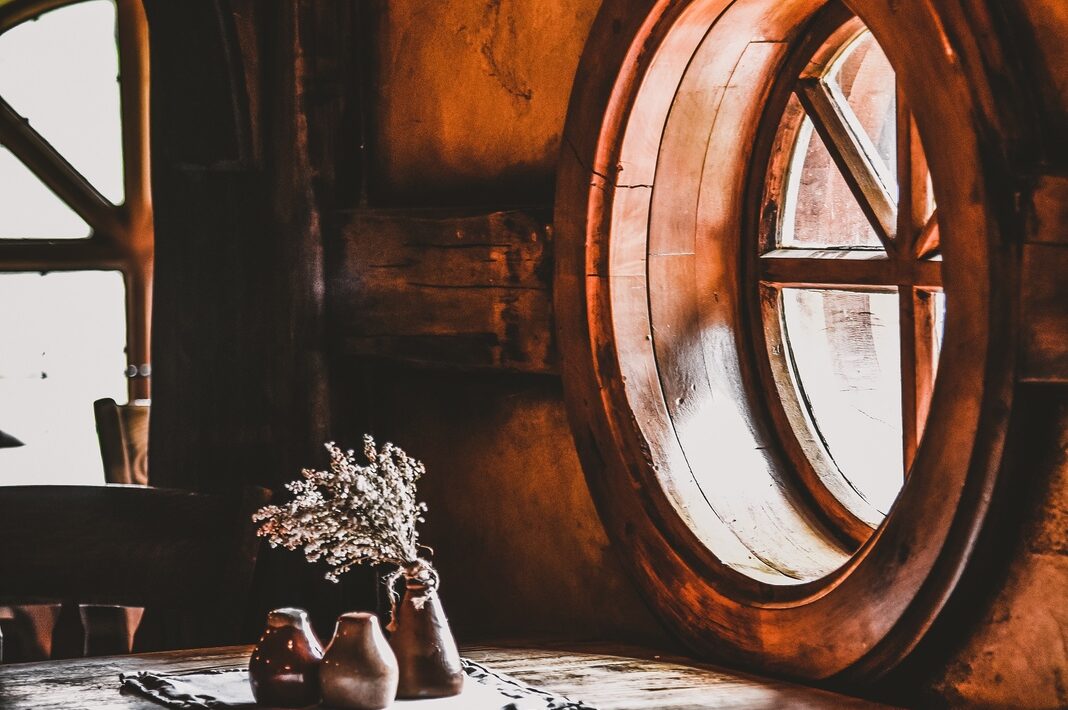The Spectrum of Elizabethan Comedy
The Elizabethan era (1558-1603) was a period of vibrant artistic expression, and one of its defining features was the diversity of comedic works that graced the stage. From slapstick farces to sharp-witted comedies of manners, Elizabethan theater showcased a wide spectrum of comedic styles, each offering unique insights into the era’s culture and society.
Farcical Elements and Physical Comedy
At one end of the comedic spectrum were farces and slapstick comedies that relied on physical humor, mistaken identities, and exaggerated situations to elicit laughter. These plays, often filled with comedic mishaps, provided a lighthearted escape for audiences. Works like “The Comedy of Errors” by William Shakespeare exemplified the playful chaos of farce.
Comedies of Disguise and Deception
Comedies of disguise and deception were another prominent subgenre of Elizabethan comedy. Characters assuming false identities or manipulating situations for their benefit created the groundwork for intricate plots and humorous misunderstandings. “Twelfth Night” by Shakespeare, with its themes of mistaken gender identity, exemplified the comedic potential of disguise.
Comedies of Wit and Satire
As the comedic spectrum shifted, Elizabethan theater also embraced comedies of wit and satire. These works, characterized by clever wordplay, social commentary, and a keen observation of human behavior, showcased the intellectual prowess of playwrights. “Much Ado About Nothing,” for instance, employed sharp wit to explore themes of love, honor, and social conventions.
Shakespearean Comedies: A Blend of Styles
William Shakespeare, a master of theatrical versatility, seamlessly blended various comedic styles in his works. His comedies like “A Midsummer Night’s Dream” showcased a harmonious blend of farcical elements, clever wordplay, and whimsical situations. These plays captured the multifaceted nature of comedy while offering a reflection of the Elizabethan society.
Social Commentary and Subversion
Comedies of the era often served as vehicles for social commentary and subtle subversion. Playwrights used humor to challenge societal norms, question gender roles, and highlight the absurdities of human behavior. The comedic stage became a platform for incisive commentary wrapped in laughter, inviting audiences to contemplate their own world with a critical eye.
Enduring Influence and Modern Reflection
The legacy of Elizabethan comedy continues to resonate in modern storytelling. The diverse comedic styles and timeless themes explored during this era have inspired subsequent generations of playwrights, screenwriters, and comedians. The interplay of humor and social critique remains a hallmark of comedic works that provoke thought while entertaining.
Conclusion
Elizabethan comedy, ranging from farce to wit, represents the multifaceted nature of the human experience. The plays of this era entertained, challenged, and reflected the society of their time. As we explore the comedic spectrum that defined the Elizabethan stage, we gain a deeper appreciation for the enduring power of laughter and the remarkable ability of theater to mirror the complexities of life.

